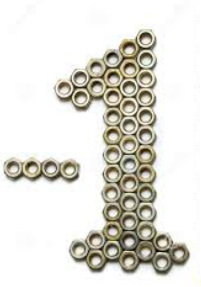
Thus, 40 are the weeks of fetus’ development in the mother’s womb and the days and nights Moses spent receiving the Torah. Thirty-nine, though, is the number of creative work acts (cooking, building, etc.) a Jew avoids on Shabbat to show his acceptance that G-d runs the world. Thirty-nine is the number of lashes a Jewish court administers to certain law-breakers as atonement.
Another example: 50 are the gates of spiritual understanding. And 50 is the number of days from the time of our exodus from Egypt to our receiving the Torah (the time of year we found ourselves in now). There is a mitzva to count these days between Passover and Shavuos but we don’t count to 50. We count to 49, starting the day after Passover.
What’s the deeper idea behind the “minus one”?
Rabbi Akiva Tatz likens it to the ingredients of beautiful music. There are many individual notes that go into creating a lovely song. There are many musicians involved in forming a beautiful symphony. But a sensitive person will tell you that even precisely played notes and well-rehearsed musicians don’t necessarily make inspired music. There is a magic that visits the parts of the whole that bring it perfection.
The “minus one” reminds us of the hugely important job of a person in this world: faithfully assemble the parts and await the missing ingredients in the recipe for perfection.
Shabbat Shalom,
Henry Harris

 RSS Feed
RSS Feed